If you're curious about fashion and dressing habits of the last century, read on. In this article we look at the 20th century fashion broken down by decade. I was curious and researched how and what people dressed during that time.

Fashions Of The 20th Century
Before the 20th century, one of the main purposes of dressing was to show people's social position and occupation. It also conveyed current trends in thinking and behaviour.
Fashion was dictated by the fashion salons of Paris and very strict standards of dressing were applied. All women wore corsets and hats. The fashion salons made the clothes for the upper classes and the smaller tailors and housewives tried to imitate this by drawing inspiration from fashion magazines and what they saw on the street.
Among the working class, however, fashion spread by word of mouth for a very long time, so in the early 20th century they still dressed according to their profession. The cultural and economic changes of the 20th century also had an impact on fashion. Industrial production, or confectionery, became increasingly dominant.
1900-1910
In the early 1900s, more inventions began to spread, which changed people's lives greatly. More and more people used electricity, drove cars and the first subways appeared. Fashions were very feminine at the time, with the hourglass figure being considered ideal. Women with tall and almost very thin wasp-waisted bodies were the most attractive during this period. This fashion was not very tactical. They wore huge hats and skirts that came down to the ground.
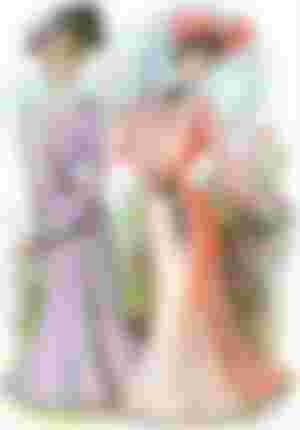
1910-1920
In the 1910s, the role of women in society began to change. The fight for women's equality was increasingly successful, with universities becoming more open to women and more places giving them the right to vote.
Women's dress became more and more practical. Skirts became shorter and hats smaller. It was more comfortable to travel by car or on the metro. After the outbreak of the First World War, more and more women took on jobs that had previously been done by men. So they started wearing the uniforms, trousers and overalls, that women had not worn before.

1920-1930
The 1920s, the jazz era. This period is characterised by a tube-like silhouette. Dresses were shorter, so women showed their legs for the first time. This led to a boom in the hosiery business.
Short hair came into fashion, worn with a shawl or hat, and very long pearls were a typical accessory.
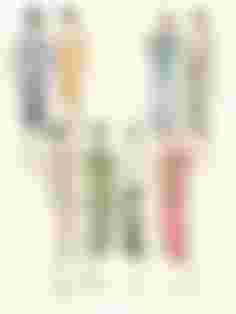
1930-1940
This decade has seen an increase in unemployment due to the economic crisis. Many people wore clothes converted from flour sacks.
This was the golden age of cinema. The glamour of the cinema was an escape from reality. Many people imitated the clothes, hair and make-up of the movie stars. Very high and thin eyebrows were in fashion.
The ideal body shape was similar to the hourglass shape. The clothes were longer and flared downwards. The look was very sophisticated and feminine. Pastel colours and small patterns were typical.
Thanks to the spread of stretch fabrics, swimsuits became more and more flattering and women showed more of themselves. As a result, sports and diets became more popular.
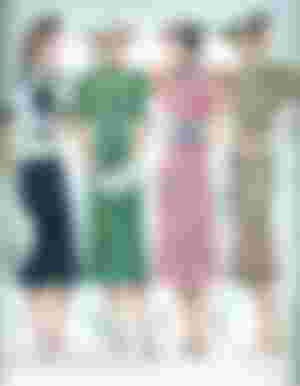
1940-1950
Dressing in the 1940s was dominated by the Second World War. There were regulations on what materials could be used in the production of clothes, and clothes had to be stylish as well as practical.
There also was a limit on how much clothing people could buy, what wasn't regulated were accessories, so hats became a very important means of self-expression.
A lot of women were re-occupying positions, where they had to wear uniforms.

1950-1960
America's dress code had become detached from Europe's during the World War. During this period, the inverted triangle silhouette was dominant. By the 1950s, the economies of both the US and Europe began to decline. Employment and income increased.
Sociologists began to isolate a new social group, teenagers, whose dress was determined by their own subculture.
Appearances were more feminine, but the ideal look still resembled the hourglass.

1960-1970
Democracy and liberal economic ideas in Western countries have also changed in fashion since the 1960s. The previous division of society into the upper class and the working class became outdated and young people became an increasingly dominant group.
Luxury fashion houses lost their key role in shaping fashion as people began to emulate public figures and the industry and luxury fashion houses responded.
People no longer wanted to wear classic clothes. They wanted to wear cheap, disposable and interesting clothes.
The 60s were marked by a return to childhood and a flight into the past. They were trying to escape from the conflicts of the present, of which there were many, such as the Vietnam War, student expulsions and the struggle for black equality.
This decade was defined by three distinct trends. The beginning of the decade was dominated by the plaid silhouette, the middle by miniskirts and minidresses, and the end by romantic floral print dresses. This is known as hippy style.
The ideal body shape with slim, long legs. Short geometric hairstyles were worn. The colours of the clothes were bright. The pattern of the clothes was also geometric and was an inspiration for the fashion of space suits during this period. At the same time, ethical and psychedelic dresses were also common.
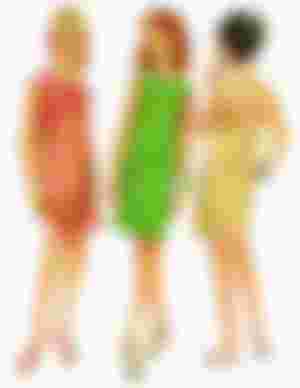
1970-1980
The war in Vietnam was still raging and people were trying to escape from the reality into trends. Several trends were present at the same time. Such as ethical clothing, trousers, jeans and sportswear. It was the first decade when the clothes were really comfortable.
Wide trapezoidal pants were typical. The disco swept through and everyone wore glittery glitter clothes. Also, during this period, punk also conquered.
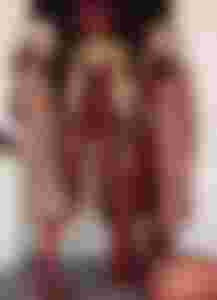
1980-1990
In the 80s, it was all about money. The bigger the silhouette, the better it counted. People loved neon-colored, eye-catching clothes, lots of jewelry, and makeup. At the same time, sportswear also appeared as streetwear. Many people wore sports shoes and track suits on the street.
The fitness craze began and leggings, leg protectors and headbands appeared. The miniskirt came into fashion again, the panther pattern and the slogan t-shirts became fashionable.

1990-2000
Even in this decade, people liked to imitate stars the most in music. Piercings came into vogue and thus clothes appeared in which they could be shown. Short tops and skirts. The works of the designers were artistic, rather than wearable. Luxury brands represented very high prices and not everyone could afford the latest luxury fashion.
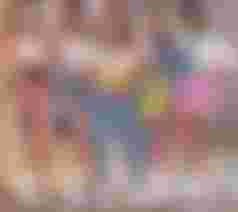
I hope you liked this list and learned something new. Which fashion would you wear the most?
Lead Image Source: https://www.deviantart.com/basaktinli/art/Pocahontas-in-20th-century-fashion-by-BasakTinli-504676197


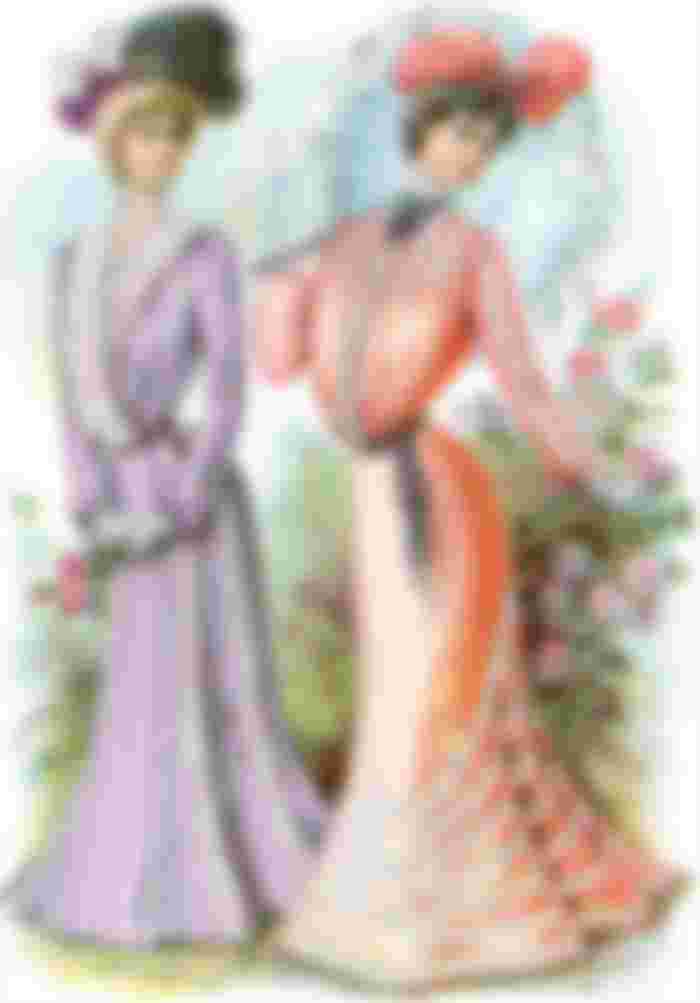
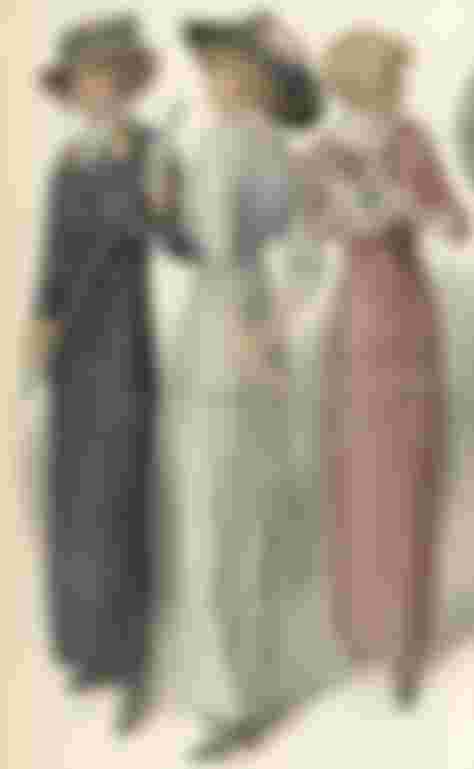
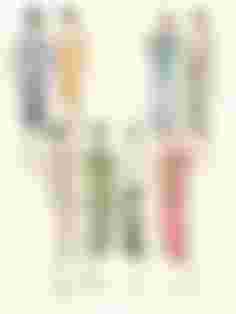
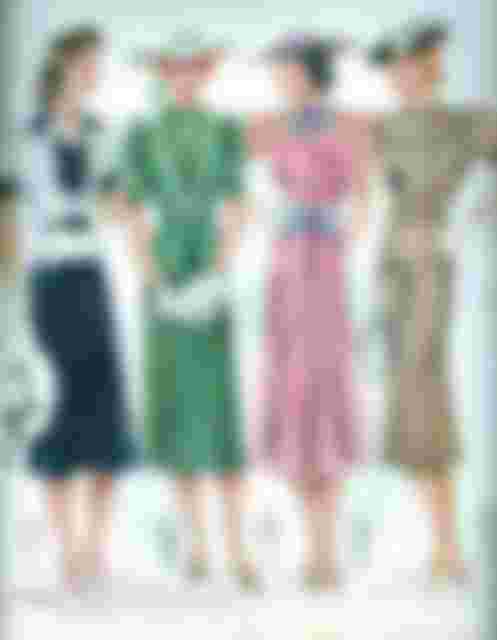

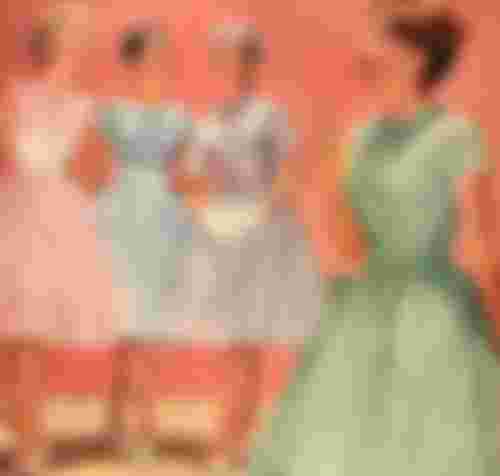
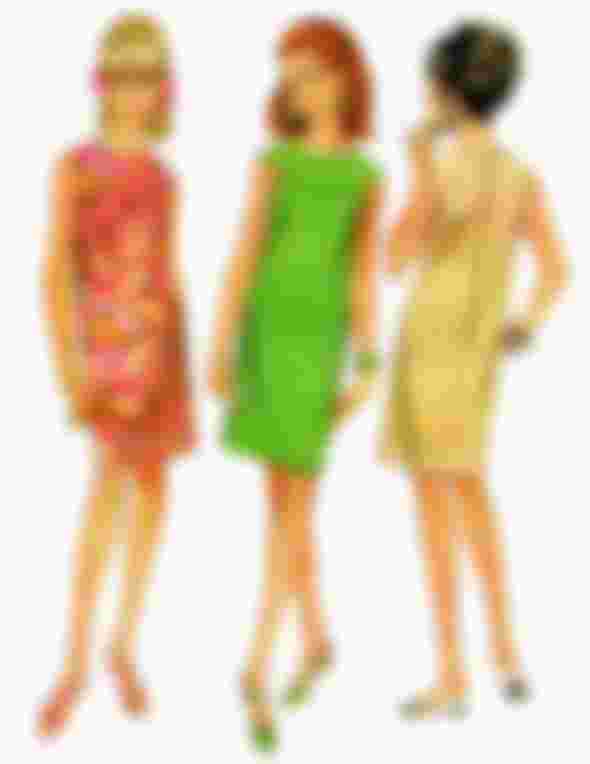
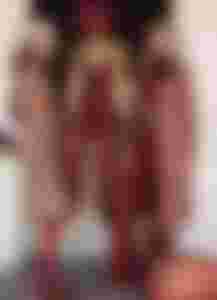

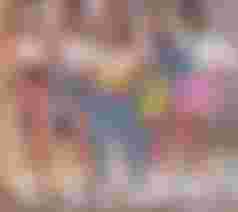

I like their outfits.. Better than the leberated clothes nowadays 🤣